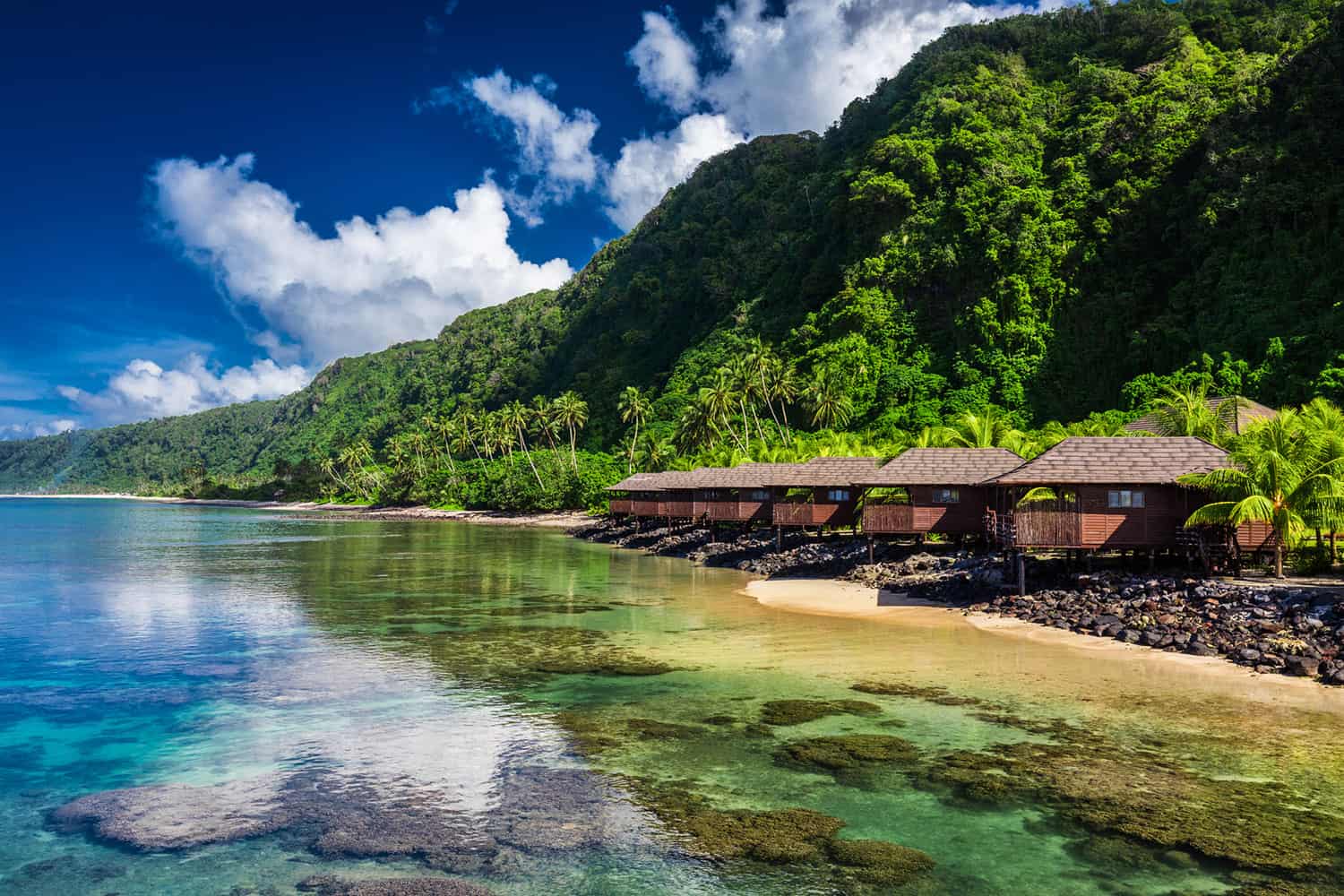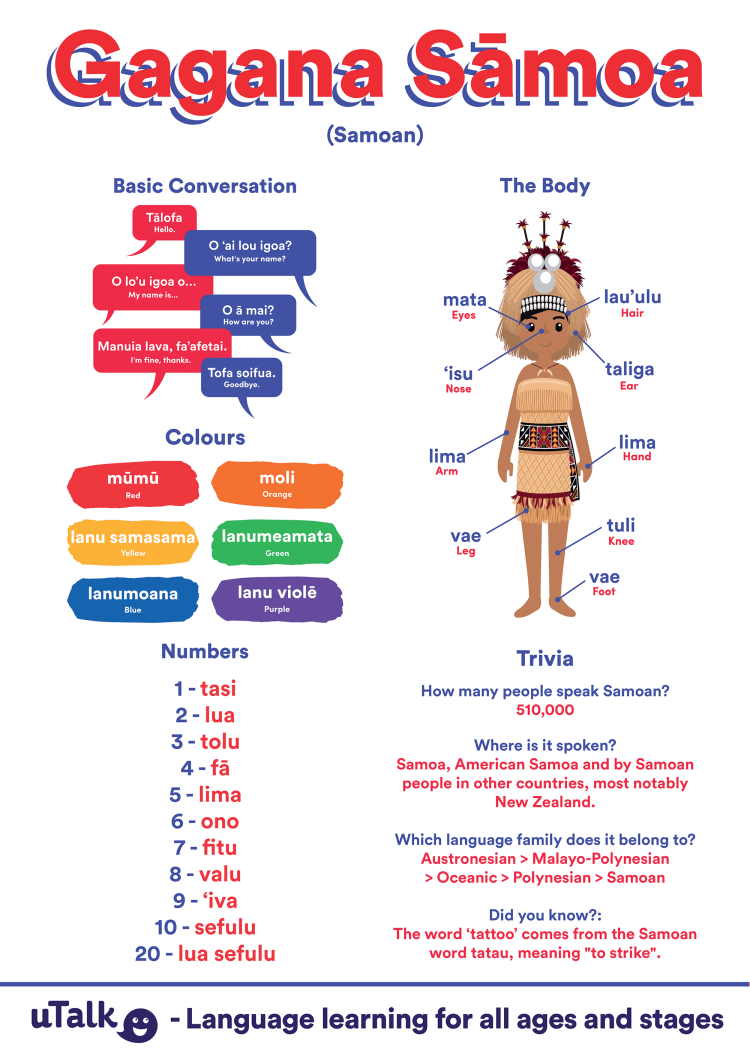
We’ve talked multiple times before about how important culture is when it comes to languages and language learning. And if you don’t have the ability to travel the world (which none of us really do right now!), then an easy way to get a glimpse into the culture of a place is by taking a look at the media they produce. It’s also a good way to improve your language skills! While the film we’re going to talk about here wasn’t produced exclusively by the country in question, it still offers a rarely-seen insight through the lens of a huge, world-renowned franchise. Now, buckle up!
Unless you’ve been living under a rock for the past nineteen years, it’s likely you’ve heard of the Fast and Furious movie franchise. If you haven’t, well, no worries, we can give you a one-sentence summary: these films are about a bunch of people who drive really fast and get really mad about stuff.
There is a little more to them than that though, really. There are lots of cars and arguments, of course, but there are also plenty of lessons about the importance of loyalty and family. You might notice we’ve mentioned nothing about language learning. Well, despite the fact that the third film was set in Japan, there really isn’t any.
Not to despair! The first spin-off film in this series – Fast and Furious presents Hobbs and Shaw – was released last year, to generally positive reviews. While it was exciting in its own right (so many people went flying through so many windows!), it also took the time to showcase Samoan culture, led by Dwayne ‘The Rock’ Johnson, who just happens to be half-Samoan himself.
In keeping with the rest of the franchise, family plays an important role in this film – making Samoa and Samoan culture the perfect way to show this recurring theme in a new light. ‘Aiga – family – is one of the cornerstones of Samoan culture. The term itself refers to a wide group of people connected by more than just blood – marriage, adoption, all these things bring them together around the matai, the head of the ‘aiga. Members of an ‘aiga can be called back to the matai’s residence, no matter where they live, to deal with family affairs, and in fact, family being important is also part of fa’a Samoa – the Samoan way.
Back to the film – the final third of the story sees Johnson’s character, Hobbs, return to his Samoan roots and his estranged ‘aiga coming together to help defend him and his partner, Shaw. Although these scenes were filmed in Hawaii, rather than Samoa, they are still full of Samoan culture and language, things that Johnson has obviously taken pride in sharing with the world.
Is your interest piqued in learning some Samoan, yet? Check out our poster for a basic rundown:

Watching the film, you’ll also notice how much Samoan is spoken while the characters are on the island. Although Johnson speaks some Samoan himself, there were also experts present on set to help out, making sure that the language – at least – was as accurate as possible. You might hear malosi, meaning strong, or soia (stop), but the word that stands out most is probably uso, which means brother.
Well, kind of.
It’s a very versatile term in Samoan, used both by men, when referring to their brothers, but also by women who are referring to their sisters. Of course, this probably isn’t a hard-and-fast rule when it comes to the Samoan spoken by native speakers (you can do what you like with your own language) but it’s a good thing for learners to keep in mind.
So, if you’re interested in learning some Samoan, no matter why, then check out the uTalk app. Samoan is one of the 145 languages we currently offer and when you subscribe, you get access to over 2,500 words and phrases divided up into more than 60 topics.
Plus, if you start now, you might be able to understand everything without subtitles when the sequel comes out!
Tofa soifua! Bye!